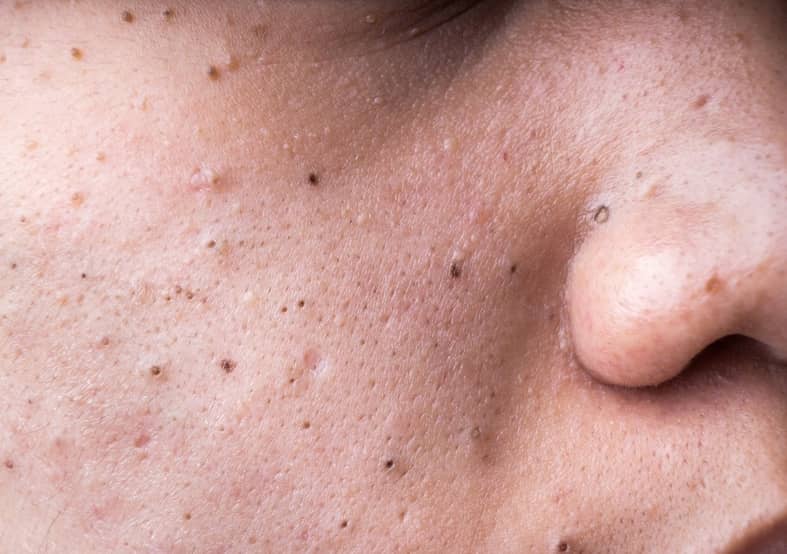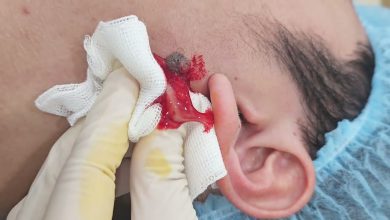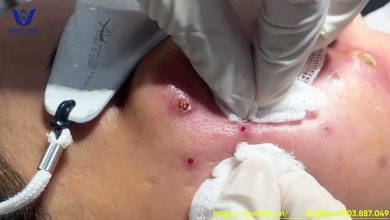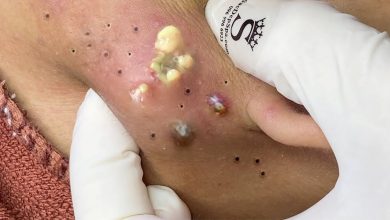Understanding and Managing Teen Acne: A Clearer Path to Healthy Skin
Understanding and Managing Teen Acne: A Clearer Path to Healthy Skin
Teen acne is a common and often frustrating skin condition that affects millions of adolescents worldwide. As hormones shift during puberty, the skin’s oil glands become more active, leading to clogged pores, inflammation, and breakouts. While it’s a natural part of growing up, acne can impact self-confidence and emotional well-being.
Understanding the causes of teen acne is the first step toward effective treatment. Hormonal changes, genetics, stress, diet, and skincare habits all play a role. Common types of acne include blackheads, whiteheads, pimples, and cystic acne, each requiring different care approaches.
Maintaining a consistent skincare routine is key. Teens should wash their face twice daily with a gentle cleanser—avoiding harsh scrubs that can irritate the skin. Non-comedogenic (non-pore-clogging) moisturizers and sunscreens help keep skin balanced without triggering breakouts.
Over-the-counter treatments containing ingredients like salicylic acid, benzoyl peroxide, or retinoids can be effective for mild to moderate acne. However, it’s important to use these products as directed and give them time to work. Results may take several weeks.
For more persistent or severe acne, consulting a dermatologist is the best option. They can offer prescription treatments, including topical medications, oral antibiotics, or hormonal therapies for girls.
Lifestyle habits also make a difference. Eating a balanced diet, staying hydrated, reducing stress, and avoiding excessive face touching can all help manage breakouts. And while it can be tempting, picking or popping pimples can lead to scarring and should be avoided.
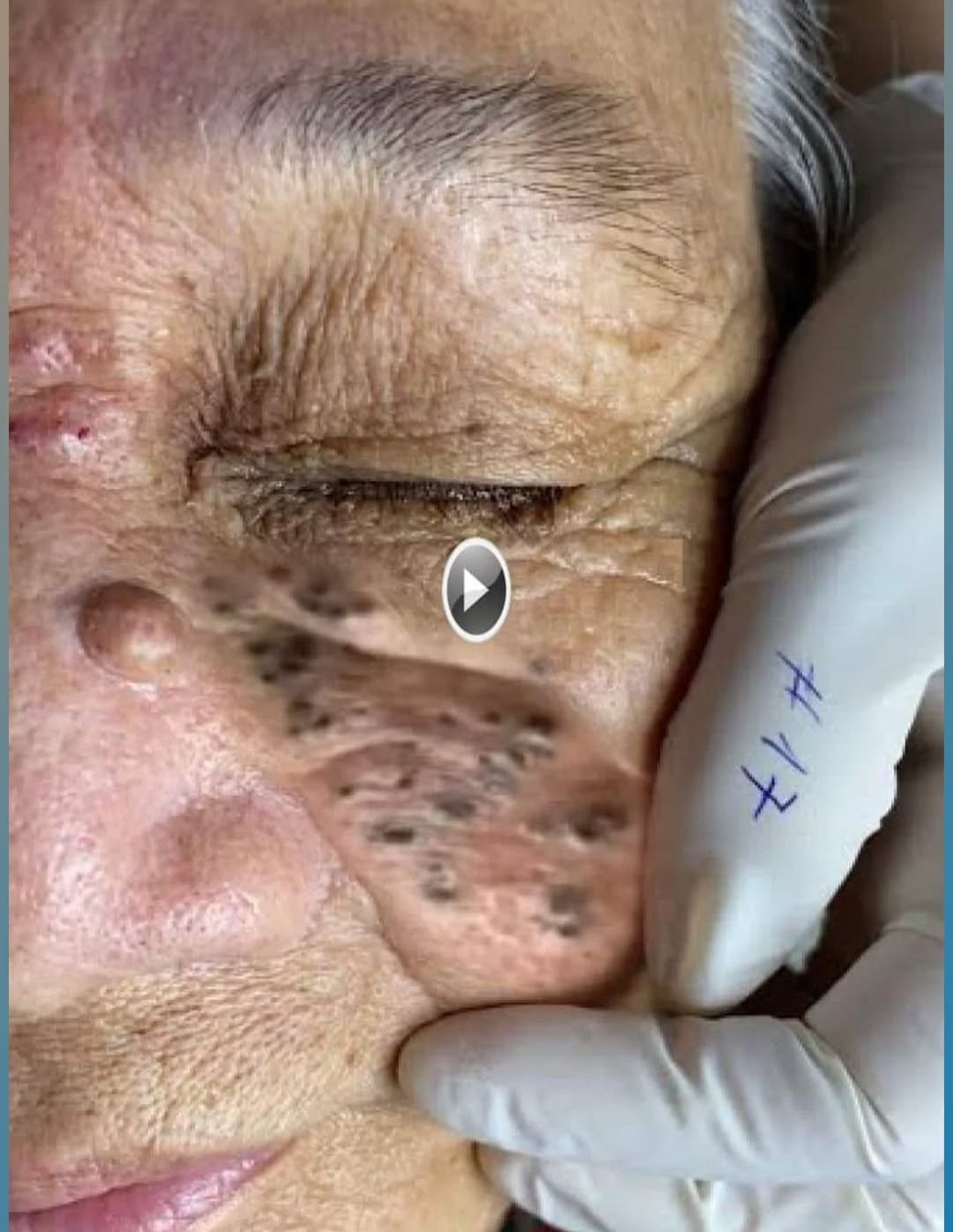
Teen acne is temporary, but its effects can feel long-lasting. With the right care, patience, and support, clearer skin—and improved confidence—are within reach.

